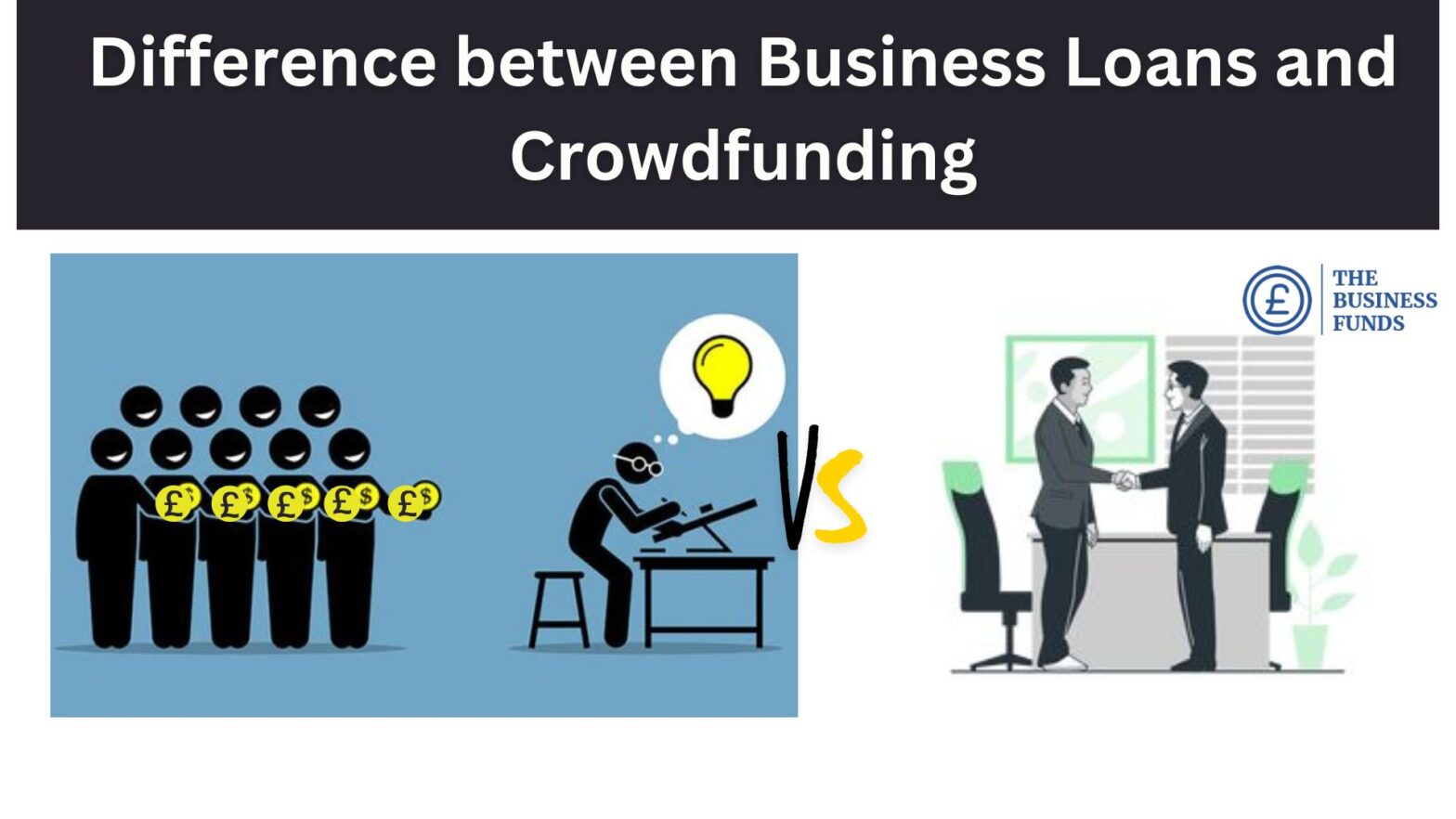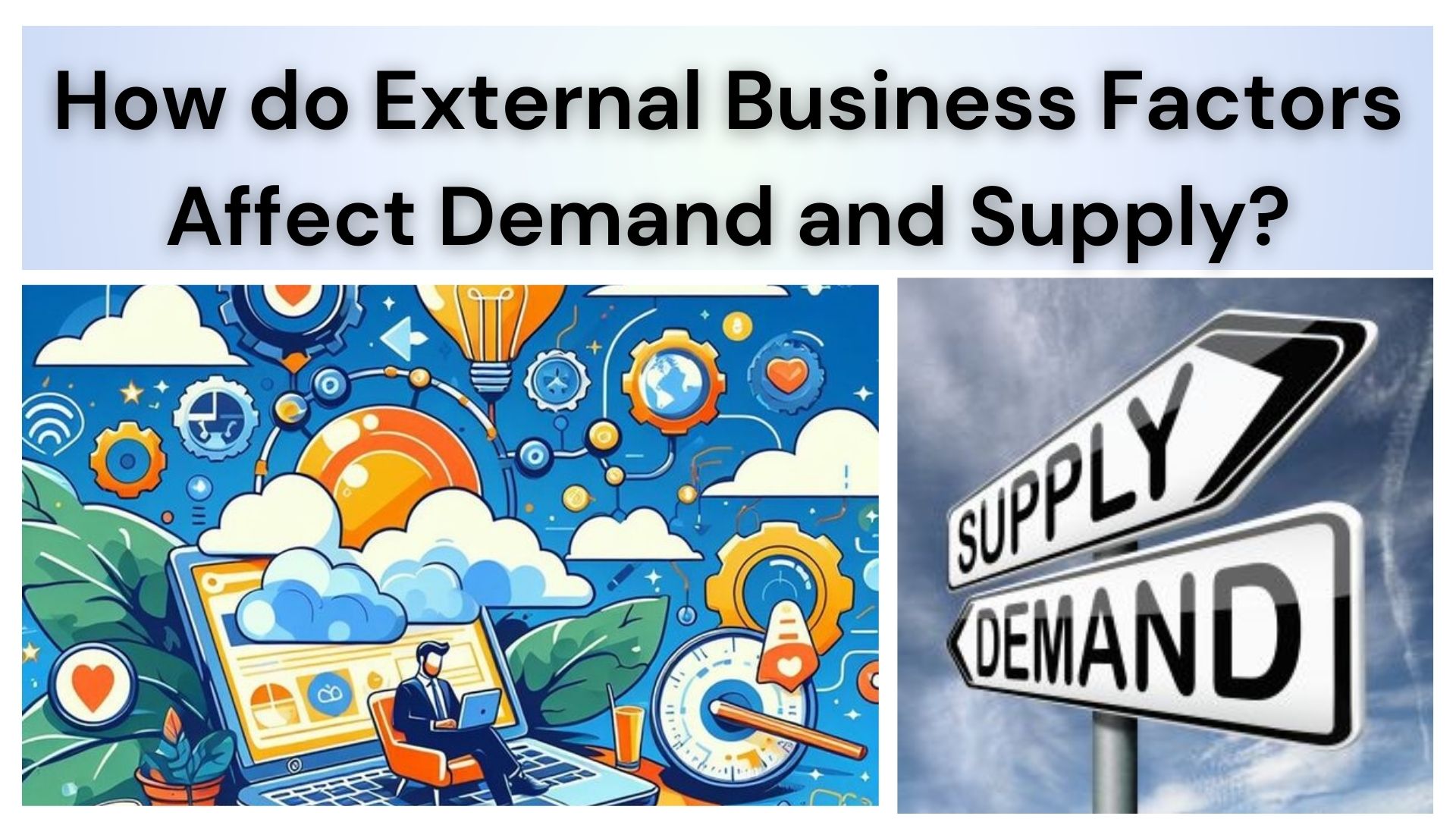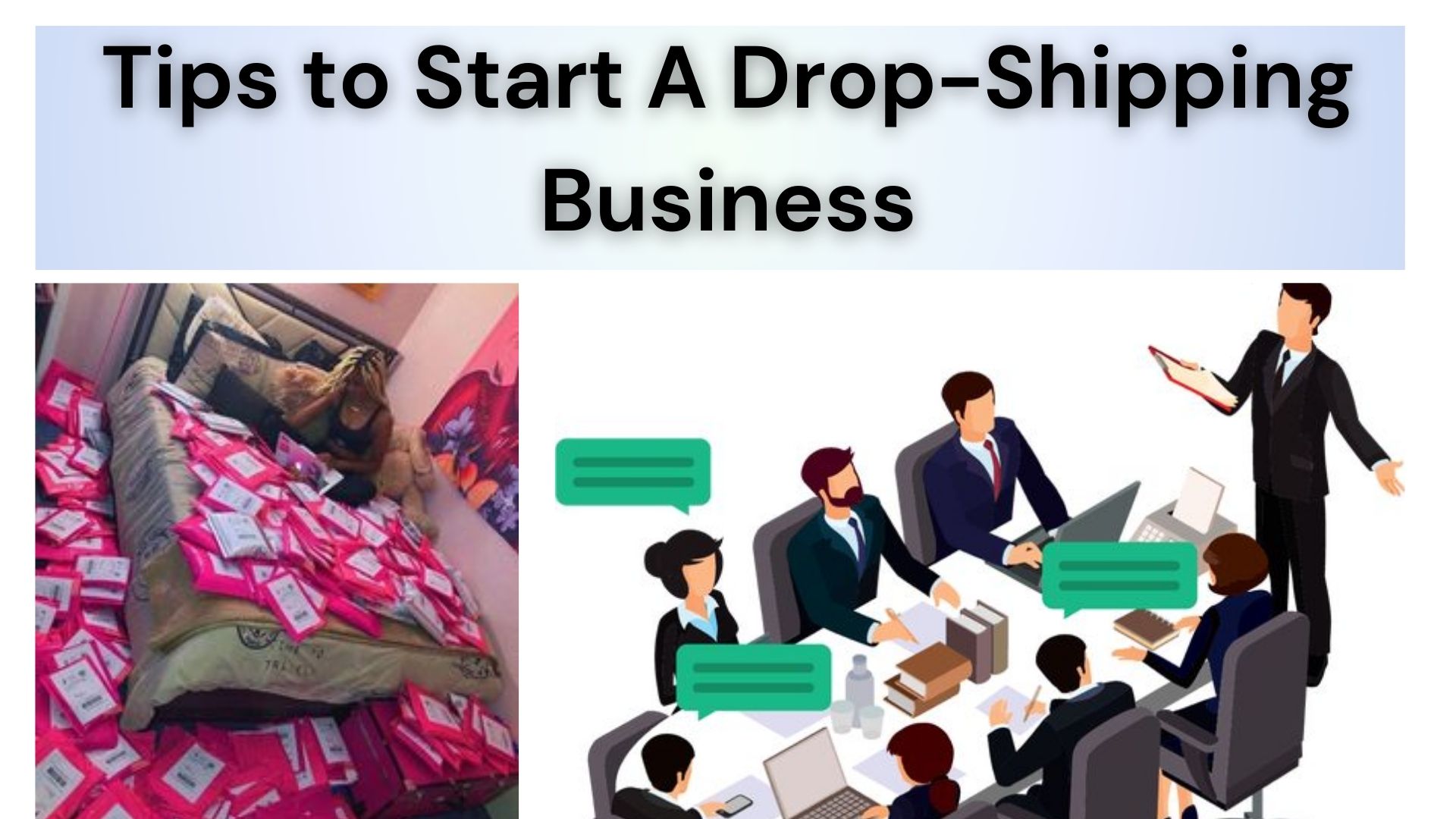Starting or growing business needs money. Banks give business loans – upfront lump sums to invest. Crowdfunding sites let many people put in small amounts. Government grants help certain business types. Investors provide money in exchange for part ownership.
Looking at different choices lets you pick the best funding for your needs and stage. Check loan amounts, interest rates, collateral, equity sold, and repayment timeframes. Standard bank loans have fixed payment schedules and interest rates. Your assets often secure the loan.
Crowdfunding business loans take repayment from business revenues, not personal assets. Many investors give small sums on online platforms in return for future repayments with interest. This spreads risk while providing flexible funding access.
What do Business Loans and Crowdfunding Mean?
Business loans give companies lump sums of money to borrow from banks and private lenders. Companies then pay back the money over the years plus added interest fees. Loans help new companies start up, or existing ones grow bigger by letting them buy things they could not afford upfront all at once.
Crowdfunding means gathering very small amounts of money from a very wide pool of people online. Hundreds of investors put in tiny sums that add up to the total amount a business seeks. This gives access to needed capital from many small contributors instead of just a bank.
Rules to Get Business Funding
To qualify for standard business loans, companies must show a good history of paying bills on time. Legal businesses running over 2 years often look best to lenders. Offering personal or company assets as collateral means approval is more likely but less flexible. Each lender and loan program has different specific rules.
On the other hand, crowdfunding works best if the business idea, product or project seems exciting to possible contributors. Clear descriptions, pictures and videos that get people eager to participate help. Offering discounts, gifts, or other rewards keeps investors feeling rewarded. Sharing inspiring personal stories connects emotionally, too.
Tips to Improve Chances of Getting Money
| Year | Trend Description | Impact on Business Loans/Crowdfunding |
| 2020 | Rise of FinTech lending platforms | Increased competition |
| 2021 | Brexit impact on small business financing | Decreased loan availability |
| 2022 | Growth of peer-to-peer lending | More options for borrowers |
| 2023 | Regulatory changes in crowdfunding | Stricter compliance requirements |
| 2024 | Adoption of AI in loan underwriting | Faster approval processes |
For loans, show steady income and sales over recent years. Explain exactly how to obtain money can help grow future operations and earnings. Putting up assets as collateral also makes approval more likely. Providing full past and future financial details shows reliable planning.
Crowdfunding works best by consistent social media contact with followers before and during raising money. Share personal stories, product photos, and company news. This makes investors feel connected. Post wide updates across websites, email, Facebook, and Instagram to keep drawing visitors back. Respond nicely to all comments.
Comparing Business Loans and Crowdfunding
| Criteria | Crowdfunding | Business Loans |
| Funding Source | Public contributions | Financial institutions or banks |
| Approval Process | Project approval by platform | Credit and business evaluation |
| Interest Rates | Typically, no interest, but rewards or equity are given | Fixed or variable interest rates |
| Repayment | Not required | Fixed monthly payments |
| Flexibility | High (depends on platform) | Moderate |
| Security | No collateral required | Collateral may be required |
| Time to Funding | Longer (time to campaign completion) | Faster (once approved) |
| Risk | Lower financial risk for founders | Higher financial risk |
| Purpose | Specific projects or ventures | General business expenses |
| Regulation | Less regulated | Regulated by financial laws |
| Ownership | Potential loss of equity or control | Full ownership retained |
Financing a company, two main choices are bank loans or crowdfunding campaigns. Each option has some pros and cons. Looking at these helps pick the better money fit.
Good Parts of Business Loan
Loans have clear repayment terms decided upfront. This allows reliable planning of future cash needs to be paid on time. Interest rates also stay steady over the full payment period. Loans let owners keep full control and profits in the company. Lenders earn from interest and fees instead of company shares.
Tough Parts of Business Loans
Lenders deeply check company finances, personal credit scores, and business plans before approving loans. Startups often cannot qualify if seen as risky. Even stable firms can get rejected.
Required loan payments eat into revenues that could instead re-invest into growth. If cash gets tight, loan stress increases quickly. Missed payments bring big fines, rate hikes, and lender legal threats, including taking away assets put up as collateral.
Pros of Crowdfunding Campaigns
Tapping wide circles of followers spreads brand and product awareness faster through social sharing. This expands customer bases.
If fundraising misses targets, contributors get money back without obligation. You simply restart later, rethinking promotion approaches. This lowers risk.
Cons of Crowdfunding Campaigns
Supporter pledges may not be completed into actual payments, especially for unknown brands. Funding can continue trickling in slowly after campaigns end. Financial planning is then unpredictable.
Some feel entitled to special rewards or decision input as investor partners. Saying “no” risks spreading complaints.
Overall, the best mix of loans for businesses is for predictability, plus crowdfunding for brand boosting.
All options have pros and cons around costs, liability, and timing. Consider which suits your industry and business stage best. Well-planned funding helps growth, while problematic debt slows progress. Fully understand terms and test repayment ability first.
Work with advisors and business finance brokers representing many lenders. They help evaluate your situation and cash flow needs. Then, identify tailored lending solutions. Rushing unsuitable financing could otherwise harm your business idea.
Conclusion
It’s important to think carefully about what you and your business truly need. Making big money choices too fast can lead to problems later. So first, take time to reflect on where you are now. What are your must-pay bills versus nice-to-have extras? Separate true necessities from wishes.
Getting clear on personal and business financial realities prevents taking on excessive debts. It steers you towards affordable financing that supports success. Stay grounded in your actual needs and abilities without overreaching. This builds strong foundations for you and your company’s future.

Gary Weaver is a Senior Content Writer with having an experience of more than 8 years. He has the expertise in covering various aspects of business market in the UK, especially of the lending firms. As being the senior member, he contributes a lot while working at TheBusinessFunds, a reputed business loan broker.
Gary performs the major role of guiding loan aspirants according to their financing needs and also to write research based blogs for the company’s website. Previously, he has worked with many reputed business firms and therefore, he knows every nook and cranny of business financing market of the country. Gary is a post-graduate with having a degree of Masters in English language. He has also done post-graduate diploma in Business and Finance.






